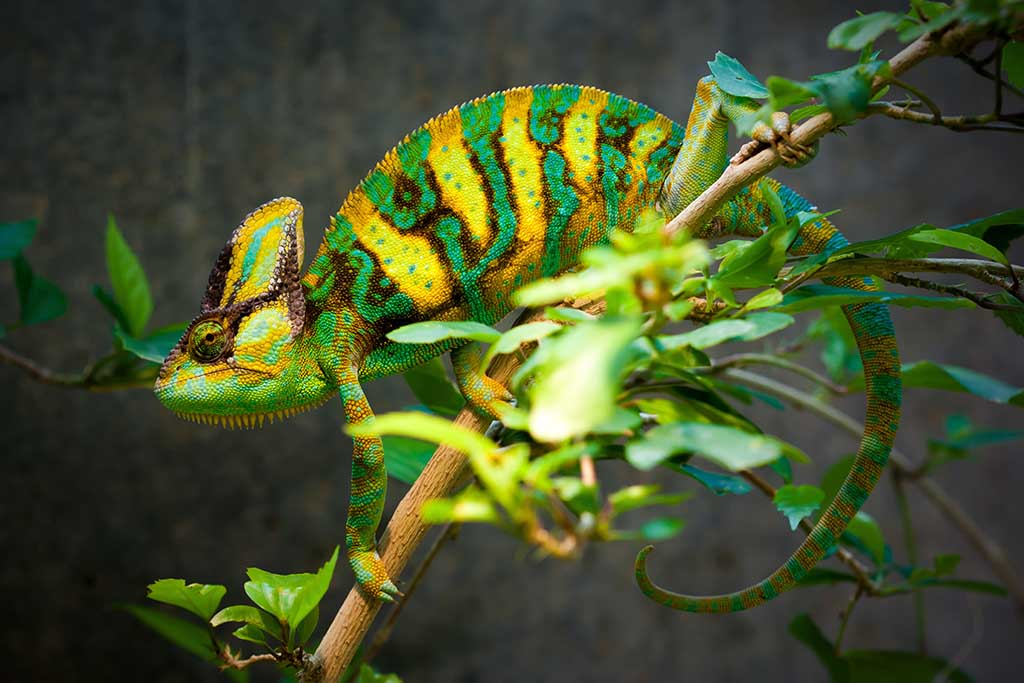
There are some animals, birds and also insects which can camouflage. It’s all about camouflaged animals but they were so good at hiding themselves that we couldn’t find them very easily.
Camouflaged Butterfly
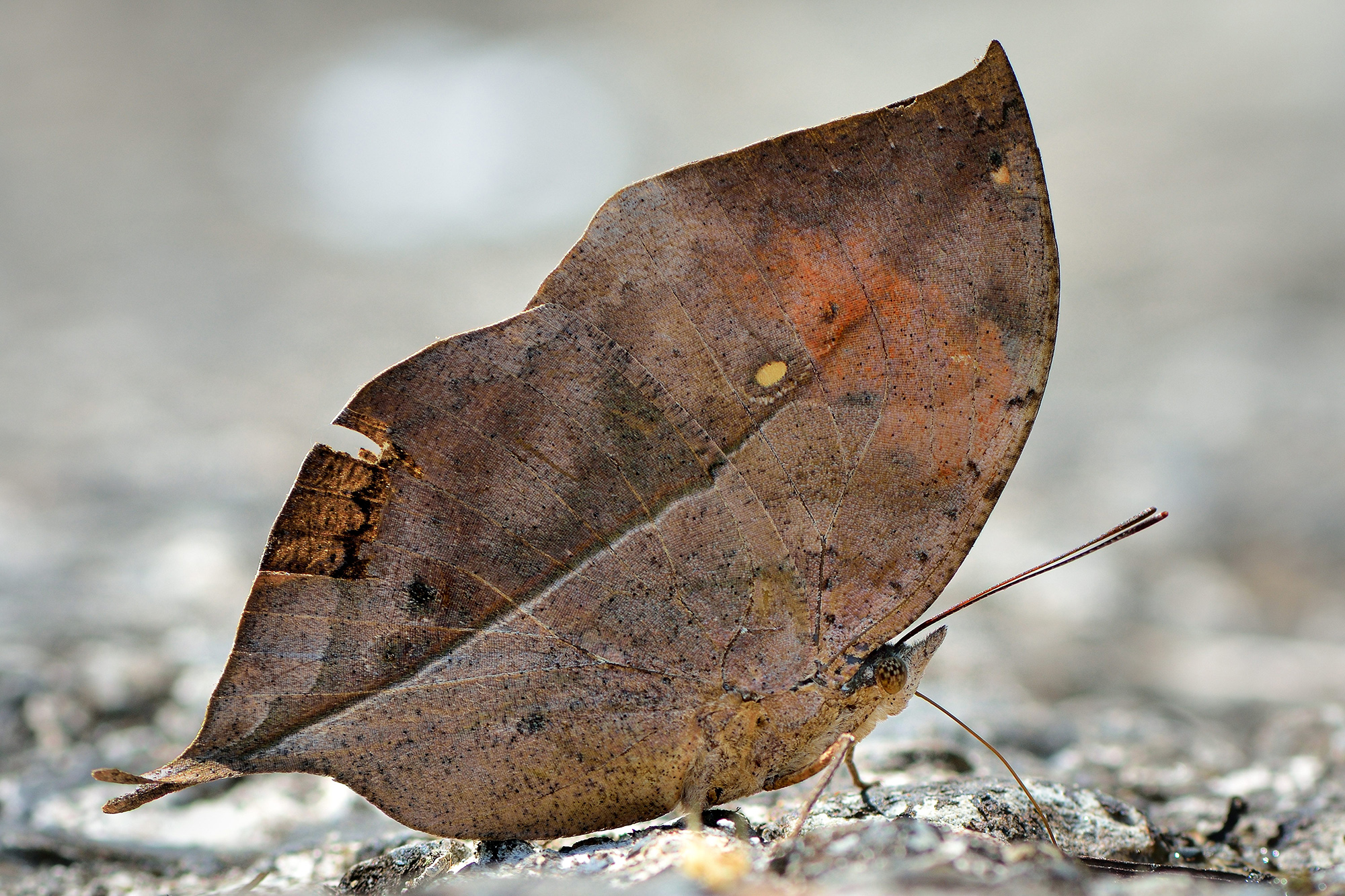
In a video, someone inches closer seemingly nervous. He saw it shift and moved shortly before he started filming. As he gets closer what happens next shocks him, the leaf reveals itself to be some kind of strange butterfly, camouflaged as a leaf. Almost like some kind of spell like something at a Harry Potter or Dr. strange, the leaf bursts to life changing into a butterfly.
Willow Ptarmigan
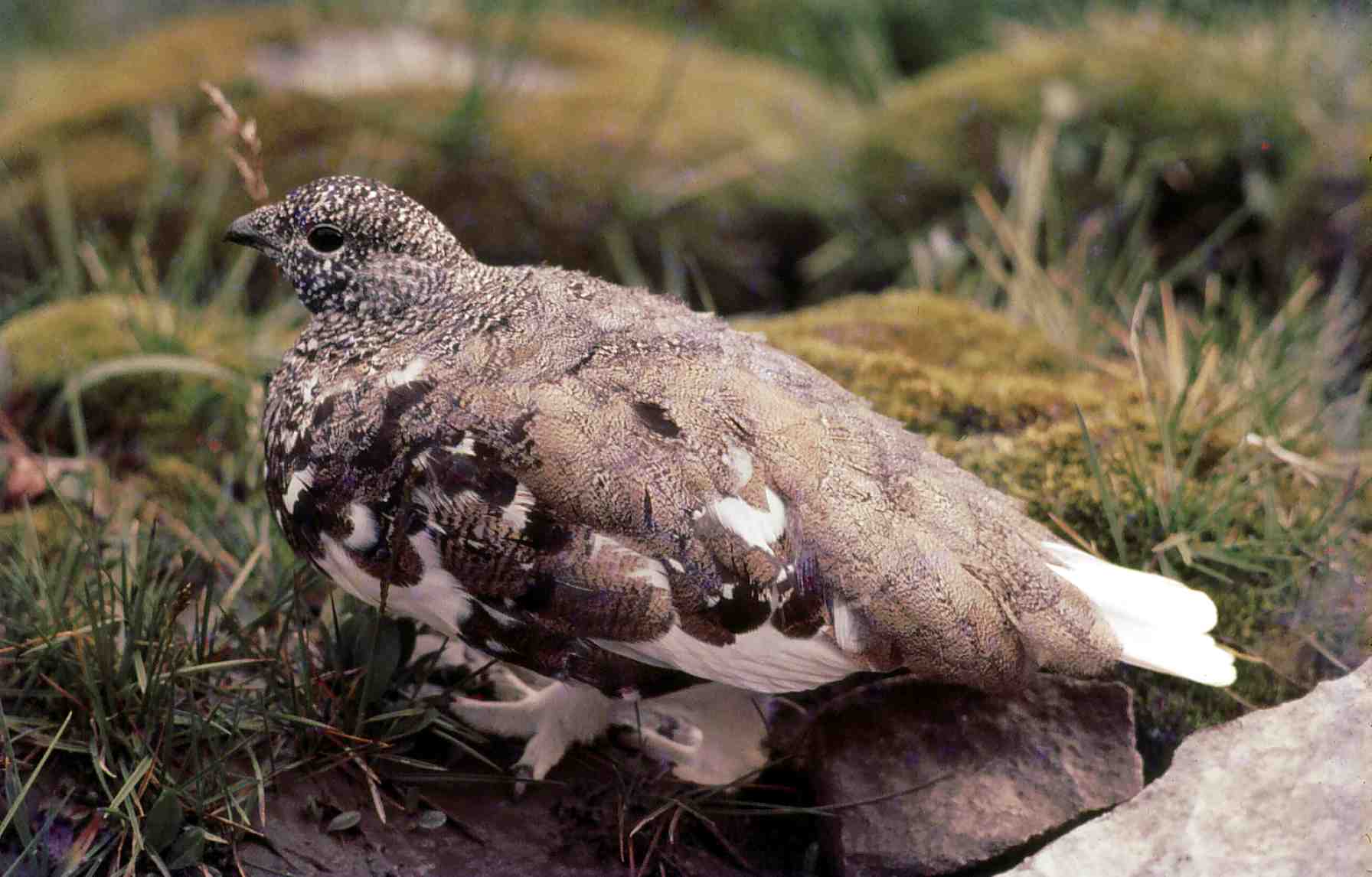
Often, when you think of camouflaged animals, you think of insects and lizards. Chameleons and stick insects have put that idea in our heads but did you know there were some birds with camouflage skills too. As if being able to fly wasn’t already awesome enough while the Willow Ptarmigan can’t exactly change its color at the drop of a hat like a chameleon. It has a certain long-form approach to camouflage that is equally impressive.
Camouflage is at the heart of this bird survival, the willow ptarmigan has many color morphs depending on the season and the terrain in which it lives. If it’s spring the ptarmigan will make its feathers brown to match its surroundings but in winter the bird turns completely white to blend in with the snow.
Pygmy Seahorse
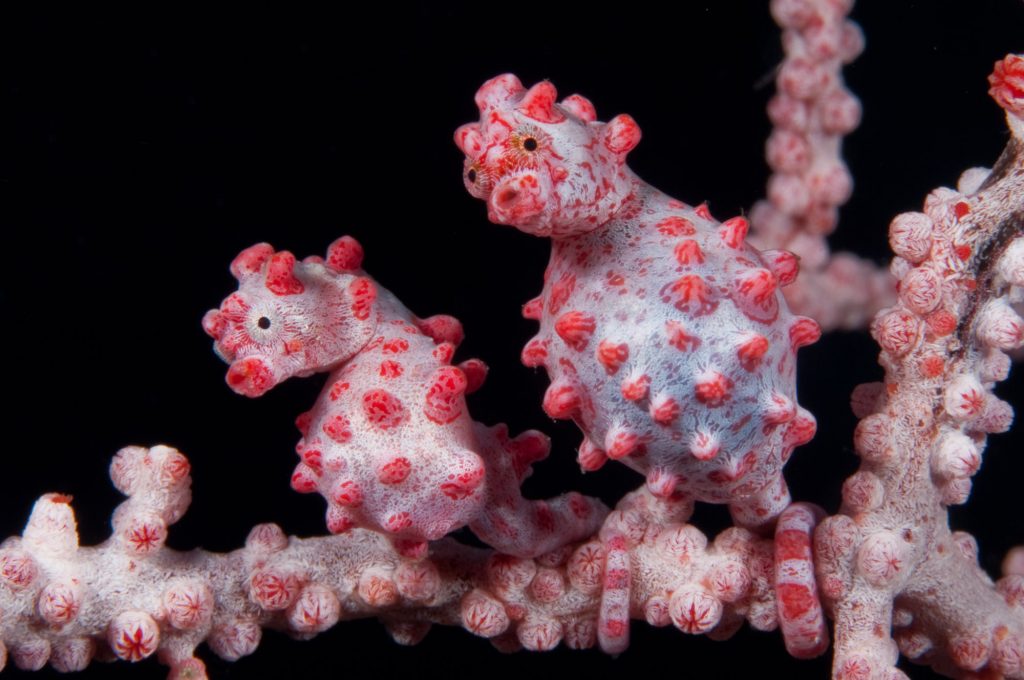
It’s so tiny that on average they measure less than 2 cm in height. Pygmy Seahorses are often very hard to see as they commonly rest on a branch of a sea fan and the appearance of their body surface resembles that of their background. Their bodies are covered with tubercles, rounded bumps or projections that look like polyps as well as stripes and spots that help them blend in with their background.
Pygmy seahorses live their entire adult lives attached to a type of coral called a gorgonian sea fan. The seahorses use their long tails to grab on to the delicately branched sea fans. The real amazing thing is their ability to match the corals bright color and knobby texture. They blend in so perfectly that they are barely visible even to a trained eye.
The Stick Insect
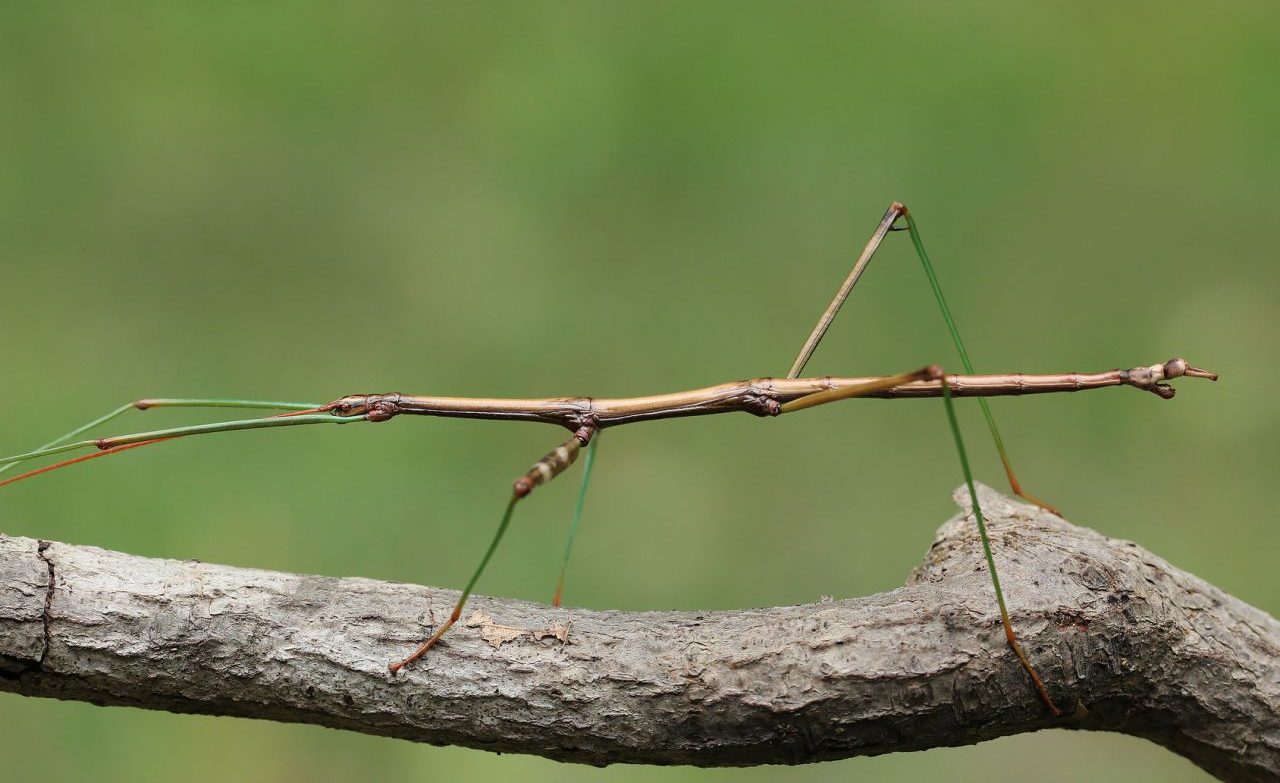
In many ways, they are the all-time classic camouflaging insect. While most animals need a specific backdrop for their camouflage to work, a few are so well disguised that their incognito almost anywhere. Stick insects are a good example with twig-like bodies that let them become virtually invisible just by holding still. Their stick like appearance means they blend in wherever they are placed.
A wide variety of stick insects exist around the world, ranging in size from half an inch to 2 feet long. Often colored brown or green they tend to freeze when threatened, sometimes swaying to mimic a branch blowing in the wind.
The Stone Flounder
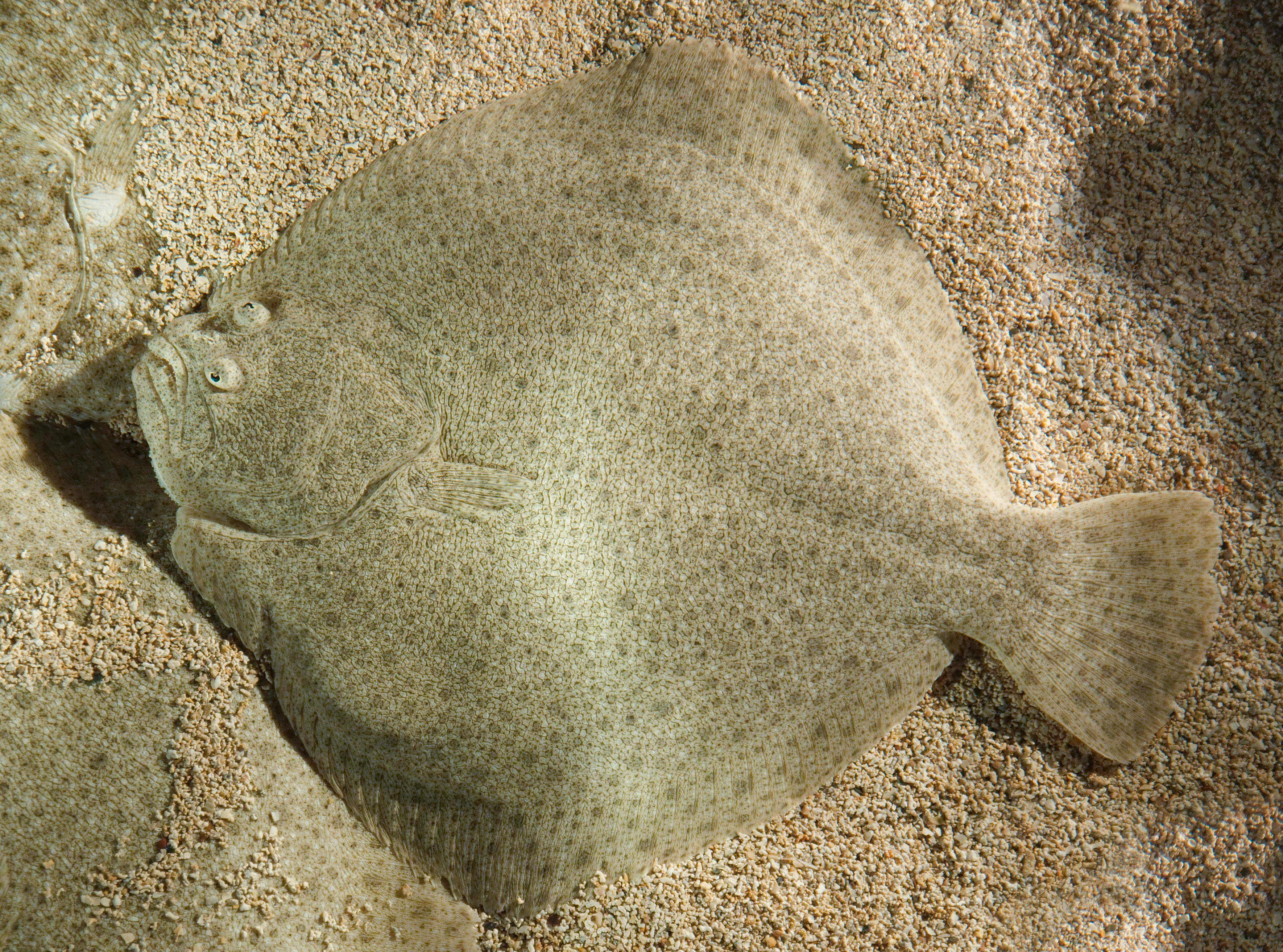
The stone flounder is one type of flatfish. Stone flounders are ideally suited to life on the ocean floor. They huddle up to the seabed often aided by speckled skin that helps them blend in. This disguise offers safety from predators but also lets them ambush prey like shrimp, worms, and fish larvae.
Snow Leopards

It’s so difficult for photographers and film crews to capture the elusive Snow Leopard in the wild. The animal is not only a master of stealth it also sports a patterned fur coat that turns it nearly invisible when it’s in its natural habitat. While it may not be able to blend in wherever it goes like a stick insect but in its natural habitat it’s almost invisible.
Salp
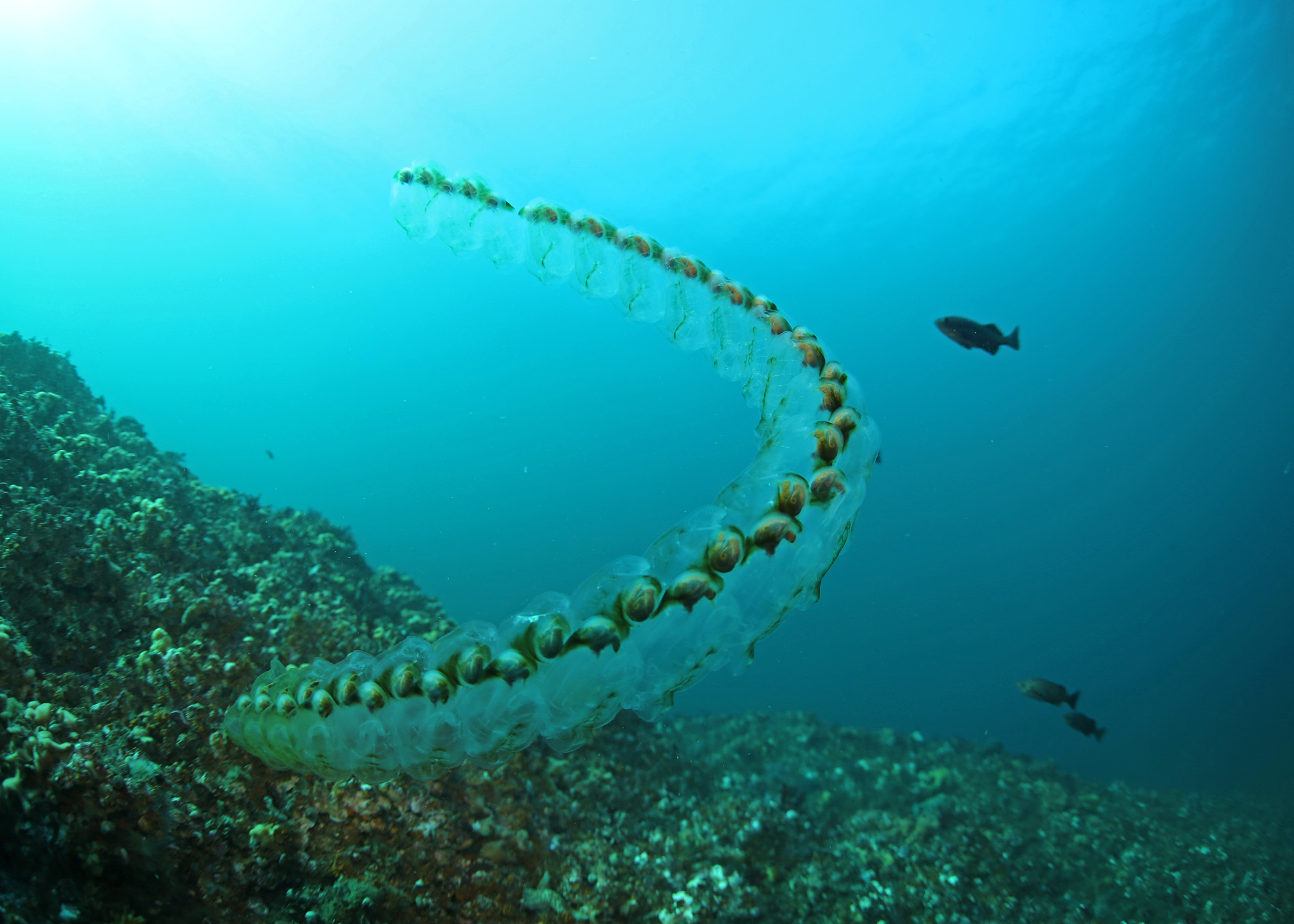
These sea dwelling things have a whole different way of turning invisible. It’s not that they can change the color of their skin, it’s that their skin is always transparent. If you dropped a sheet of glass into some water it would be almost impossible to notice it’s one translucent thing inside another. So, while it’s not totally invisible it is nearly invisible that’s the Salp’s trick. It’s a trick that it’s shared with a lot of other sea creatures including some plankton, comb jellies, and certain jellyfish.
Transparency is actually just one of the many different ways that sea creatures camouflage themselves. Other methods include having highly reflective scales, a skill utilized by the marine hatchet fish and decorating themselves in small shells, a trick used by many crabs.
Eastern Screech Owl
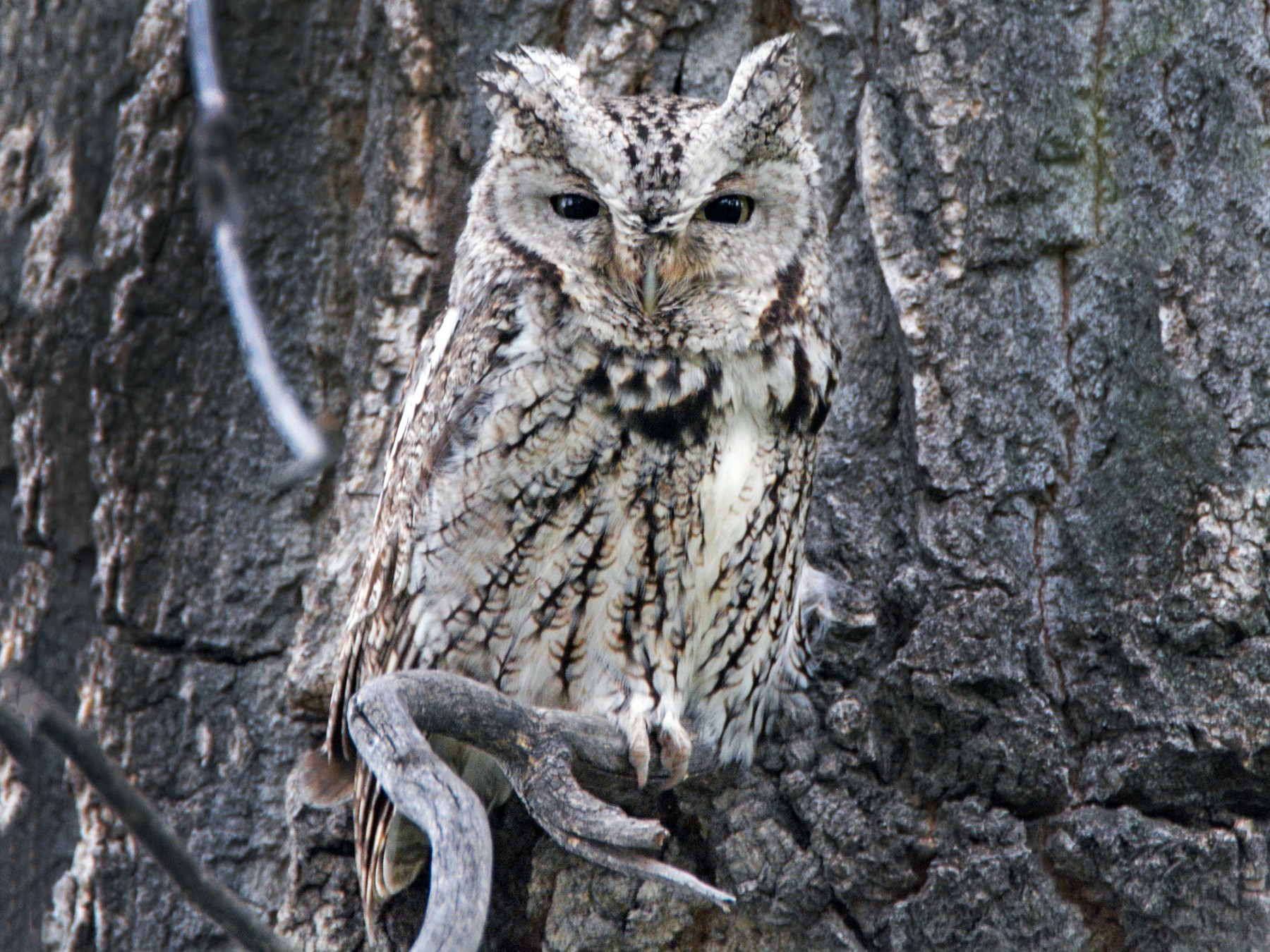
The Eastern Screech Owl is a small bird relatively common in eastern North America from Mexico to Canada. This species is native to most wooded environments of its distribution and more so than any other owl in its range it has adapted well to man-made development. Although, it frequently avoids detection due to its strictly nocturnal habits.
It also looks a little bit like it’s made out of bark. Tucked away in the creeks of trees, the eastern screech owl can hardly be seen from a distance. Its feathers blending in perfectly to the wood and bark around them. This owls camouflaging techniques have evolved over time in order to help them protect their homes and catch prey.
The Leaf tailed Gecko
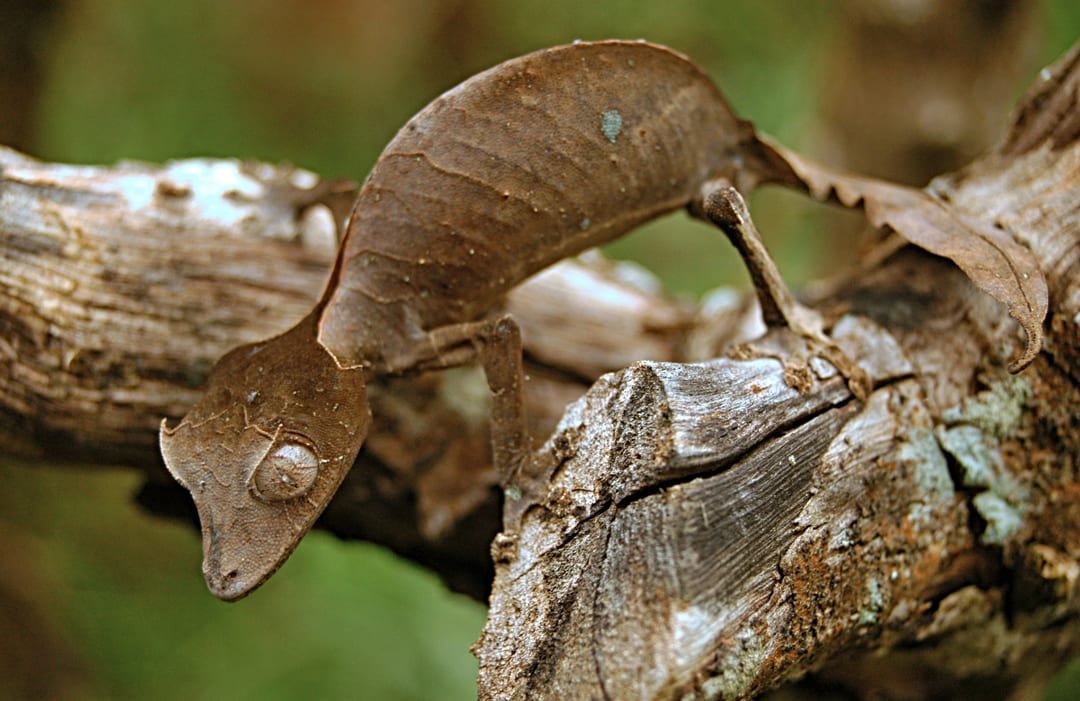
The leaf-tailed gecko is a numerous species. In the category of Uroplatus Gecko, found mainly in Madagascar there are 14 subspecies. In the category of Phyllurus, found mainly in OZ there are 9 subspecies and in the category of Saltuarius, also found in Australia there are seven subspecies. Yet all 30 of these geckos share something in common, a penchant for camouflage.
These little masters of disguise will use their uncanny likeness to autumn leaves to help them bury themselves away where nobody will ever find them. No matter how long you stare at them, you still might struggle to spot them as they engage in the ultimate game of hide-and-seek. These amazing animals are true masters at blending effortlessly into their environment as a means of survival in the natural world.
The Gray Tree Frog
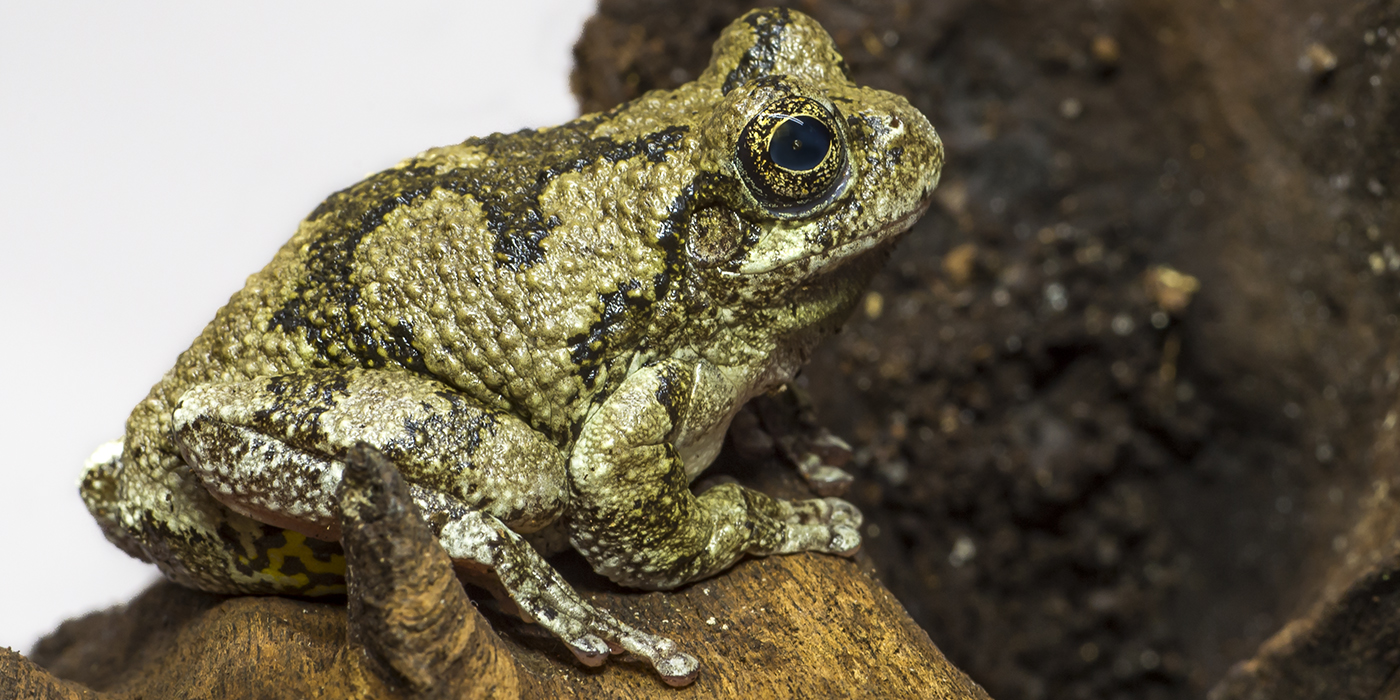
The Grey Tree Frogs camouflage skills are a little slow off the mark compared to the likes of the classic chameleon. There’s no instantaneous change, it takes them a little longer to shift from one color scheme to another. The name Gray Tree Frog is a little bit misleading because these guys can showcase more colors than a rainbow on steroids. It able to take on any color scheme from nearly black to nearly white and all shades in between. They slowly yet surely change their color in order to match their present surroundings.
Toad

Some toads are masters of changing their appearance. In Super Mario Bros 1, toad has red spots on his cap but in Super Mario Bros 2 they’re blue and the game Manuel makes it clear it is the same toad. In Bros 3 his dots return to being red and remained this way for many years. Further evidence of toads color-changing powers in the various TV shows, he sometimes had a white cap with red dots but sometimes he has a red cap with white dots.
Many types of the other type of toad, the ones that look like frogs can camouflage. The Western leopard toad is one such example, it uses camouflage to blend into its environment and hide from predators. The Western Cape is the only place in the world where you’ll find Western leopard toads. They live in natural vegetation on farms and in compost heaps and Gardens but move to water especially wetlands to mate and lay their eggs.
Adelpha Serpa Selerio Caterpillar
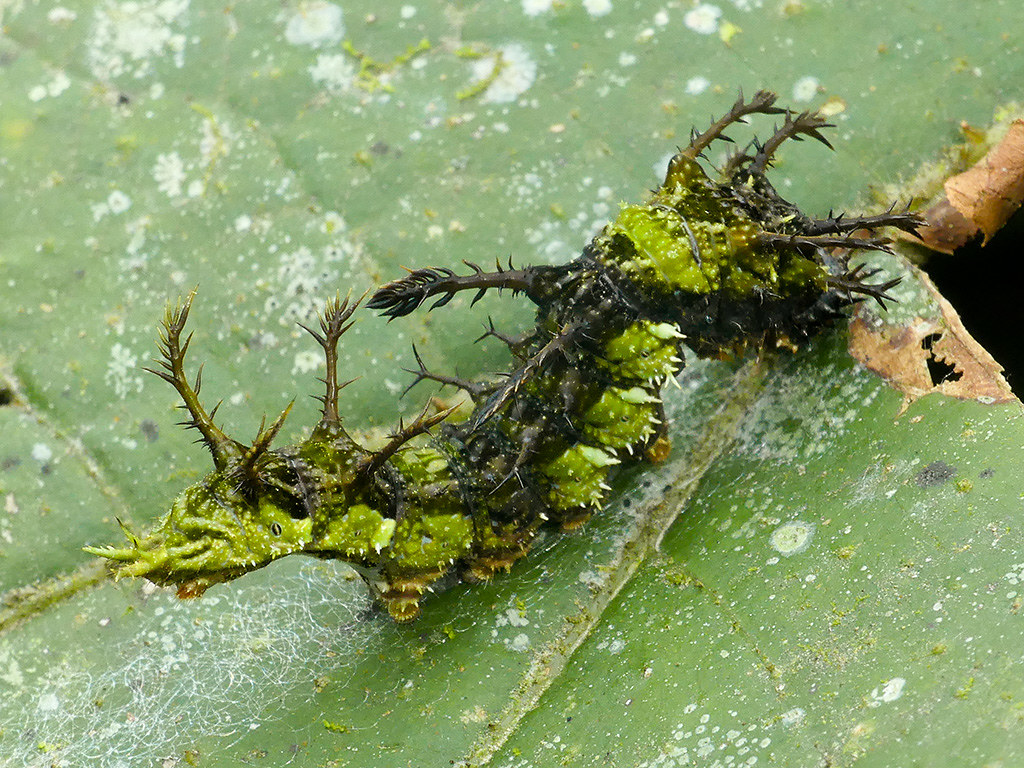
Before morphing into a beautiful orange, white, and black butterfly, the Celerio sister caterpillar camouflages itself to blend in with mossy tree trunks. The caterpillar dwells in Costa Rica’s rain forests and cloud forests and has antennae near its head that looked like mossy plants.
Common Barren Caterpillar
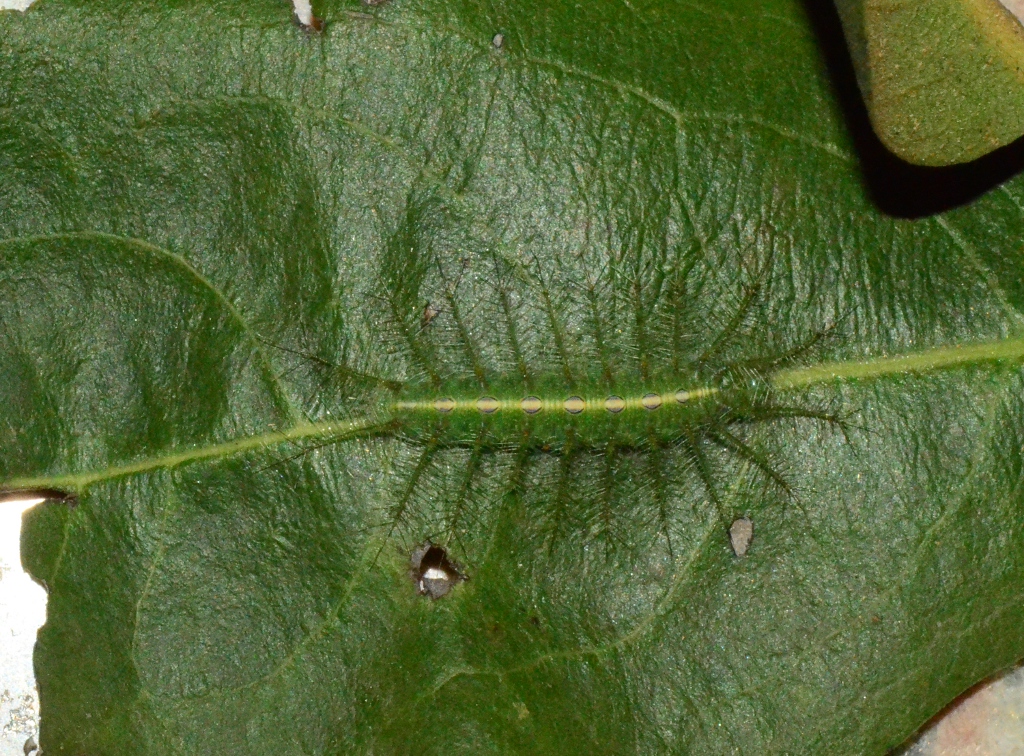
The pupa of the Common Barren Caterpillar is green and quadrangular, commonly found on mango where it’s treated as something of a pest but it’s actually a remarkable creature. Upon birth, the common barren caterpillar emerges equipped with small branches extending from its body that later grow and help it become a master of disguise. As it passes from leaf to branch in search of food in the mango and cashew trees its plant like texture lends itself perfectly to camouflage. Once the caterpillar upgrades into a butterfly, they lose their ability to camouflage.
Chameleons
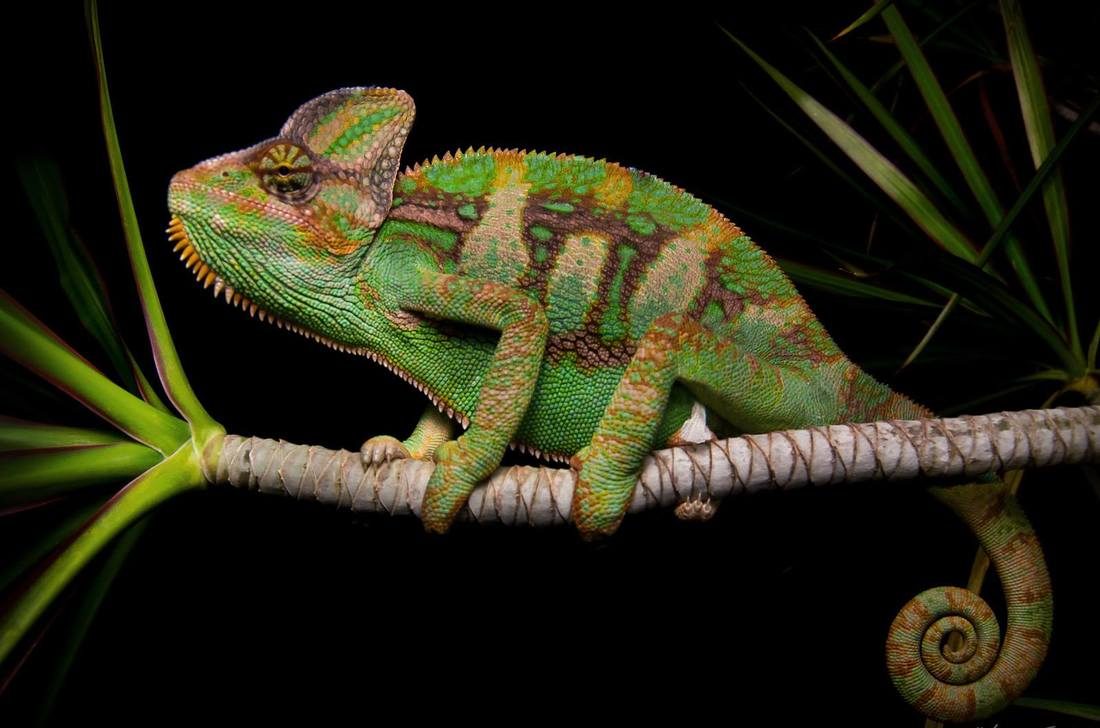
They’re the kings of camouflage. Some are so skilled they can even disguise themselves as British royalty and YouTube voice-over performers.
Spider Crab
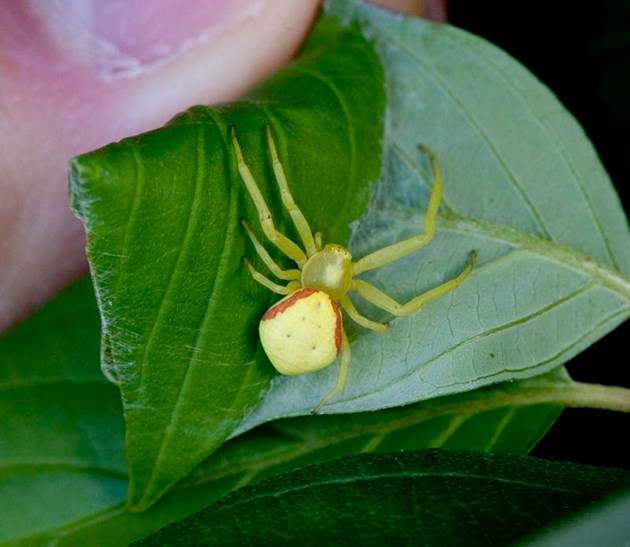
If crabs weren’t already scary enough, these little insects not only hide in flowers to catch their prey but can shift their color scheme to match the flower they’re on.